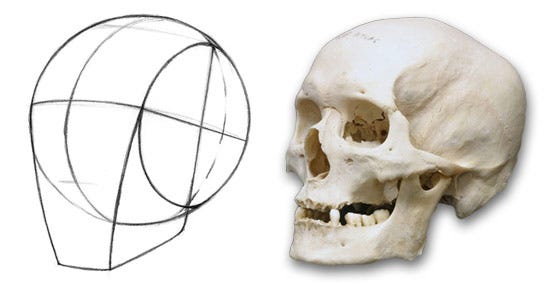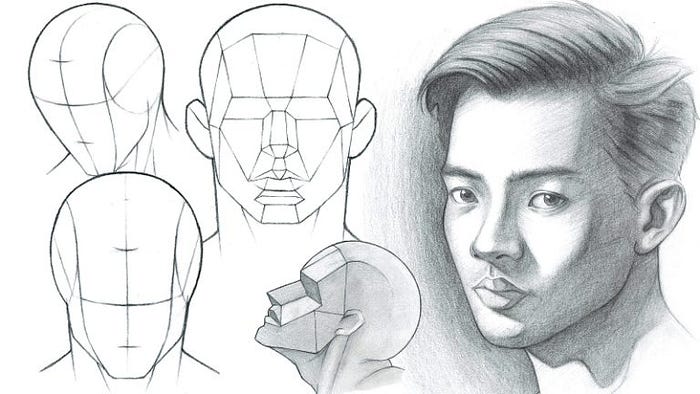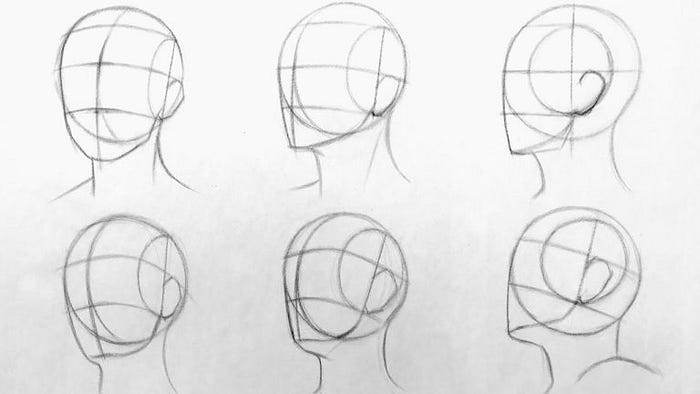
Drawing is about observation. And if you want to improve your drawing skills, then you must focus on how you see the subjects that you draw.
Simply it can be said “draw what you see”. We have been hearing that draw what you see, but we will not know how to see and what to see, then this statement can be frustrating.
Fortunately, there are several techniques for drawing outlines we can use to help us see — thus helping us to improve our drawing.
Here I have mentioned some methods are designed to improve your accuracy in your drawing outlines. They are not a perfect solution and they do require a bit of practice in order to master them. But keep in mind that drawing is a skill that can be attained by anyone if they are willing to put in a little work.
Free Hand Method
Free Hand Sketching is such a drawing which is drawn without measuring instruments. This drawing is drawn with the help of pencil and eraser only.,Such drawing is drawn before actual drawing because it takes less time. In this technique, observe and draw direct references in it, with the correct support

Andrew Loomis Method
William Andrew Loomis (June 15, 1892 — May 25, 1959), better known as Andrew Loomis, was an American illustrator, author, and art instructor. His commercial work was featured prominently in advertising and magazines; however, Loomis is best known as author of a series of instructional art books printed throughout the 20th century.

The Andrew Loomis method allows you to build on the actual construction of the face and head — the construction done at the beginning mimics the shape of the skull, and its major points. It is great for a realistic, thoroughly thought-out drawing of a head.

The head deconstructed into its basic forms, is a sphere as the cranium and a block as the jaw and cheek bones. This is one of the best method to draw a face in any possible angle


The Grid Method
The grid technique is an approach to drawing that breaks the subject down into small sized square. A grid is drawn over a photo reference. Each square within the grid on the reference corresponds to a square on the drawing surface.

Since the subject is divided into smaller squares, the lines, shapes, and values are also simplified making it easier to focus on what you are actually seeing.
This technique works for any subject that you draw, but it is most useful for portraits when accuracy is of the upmost importance.
For more detail CLICK HERE